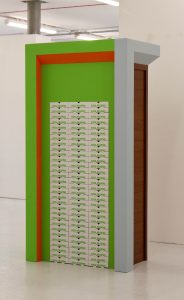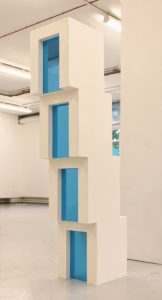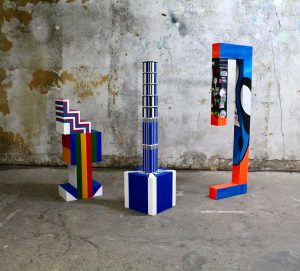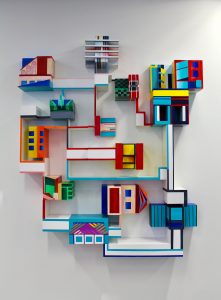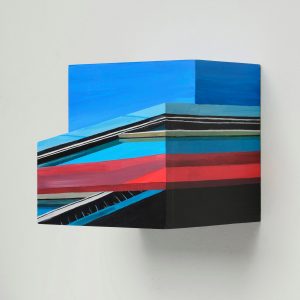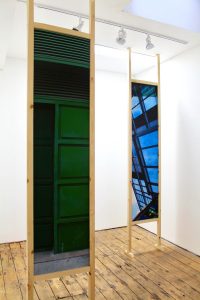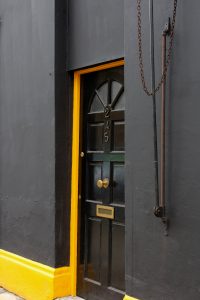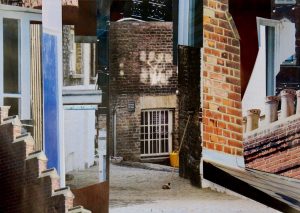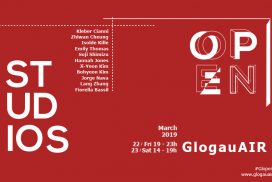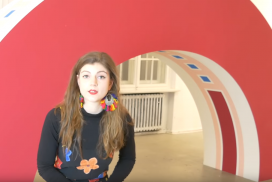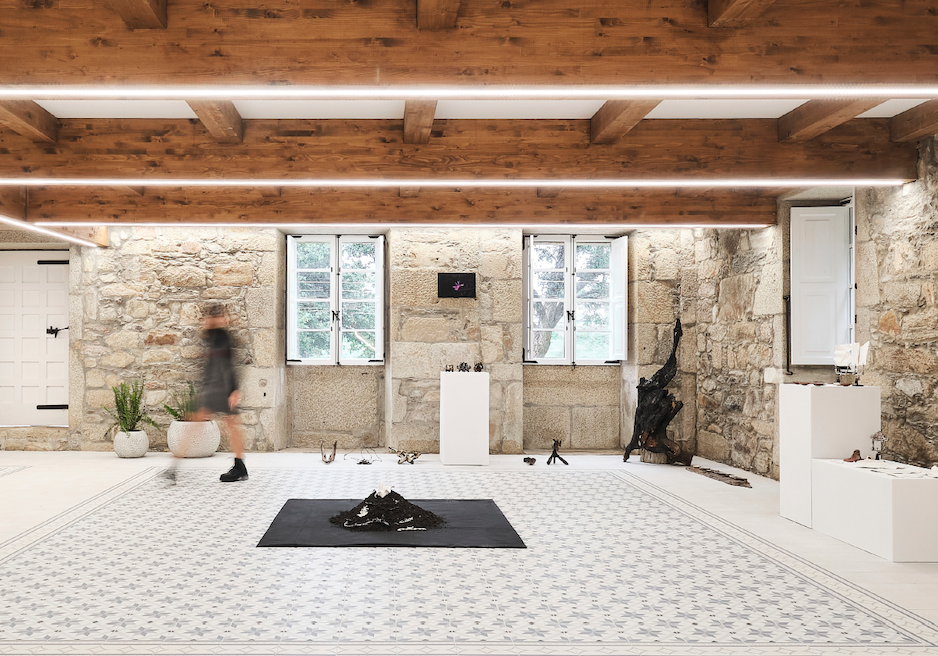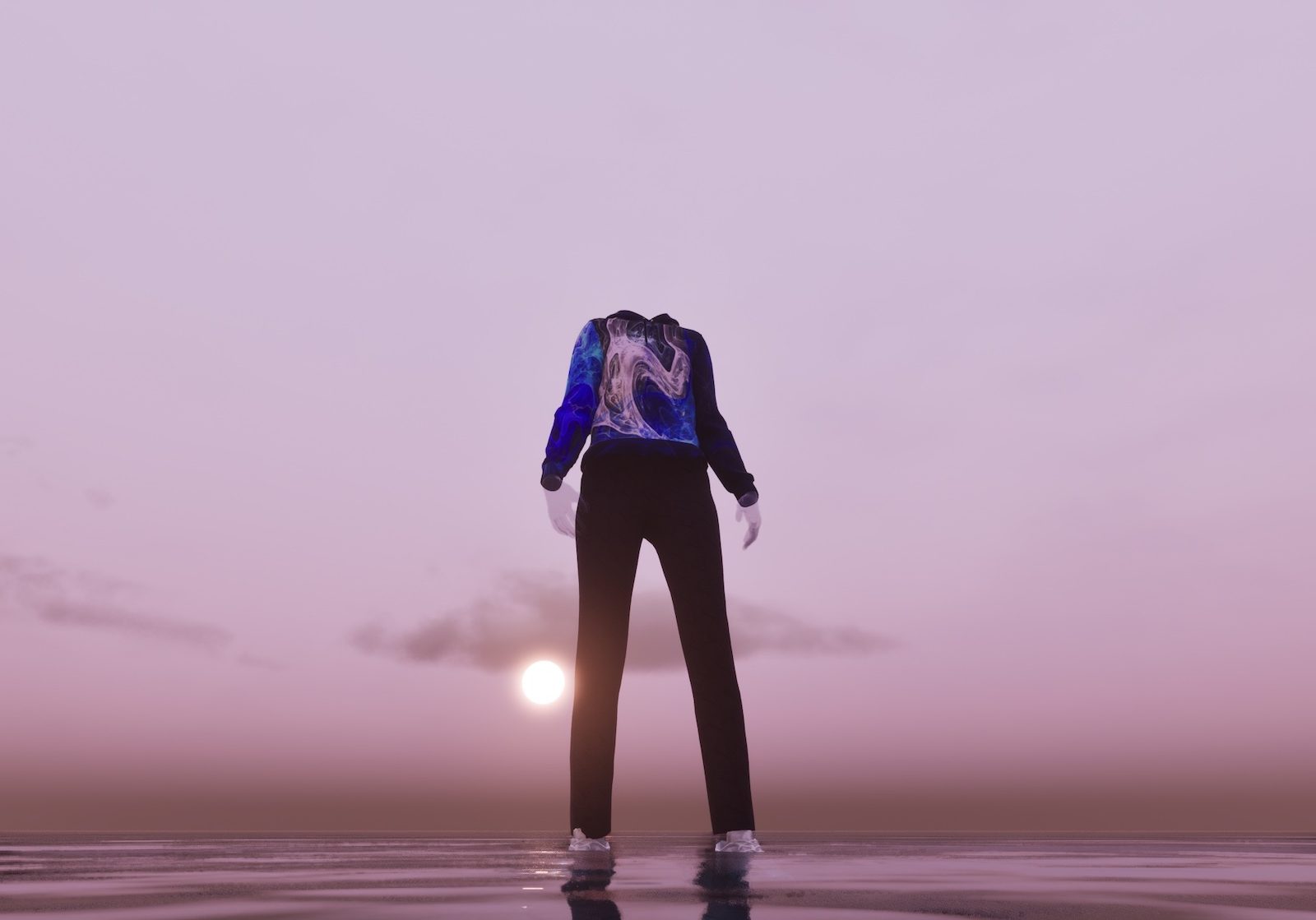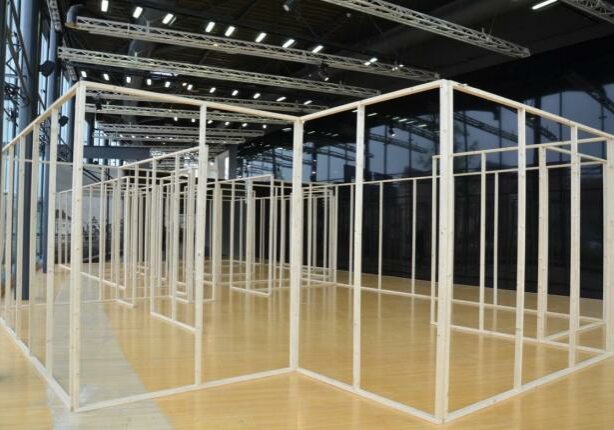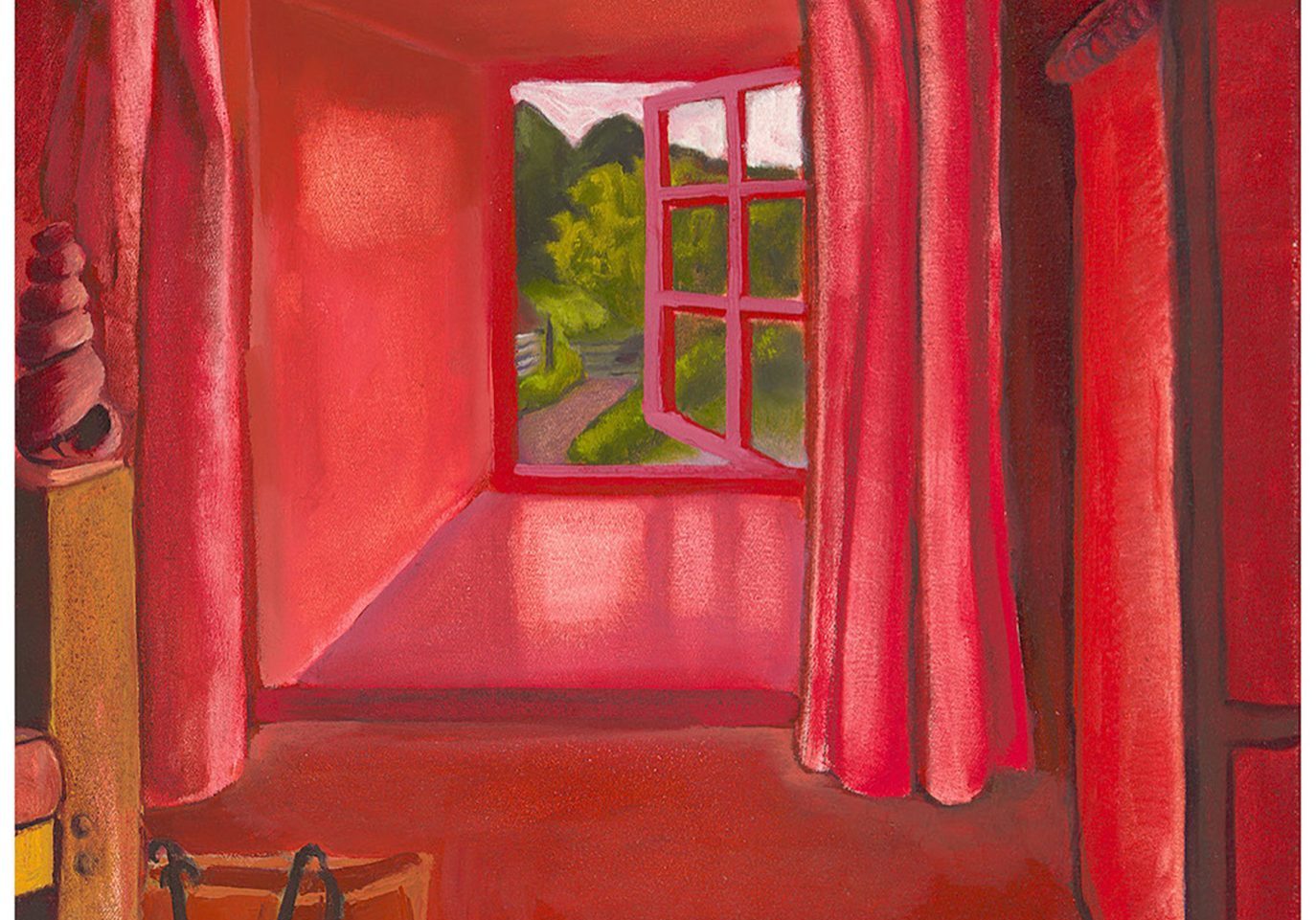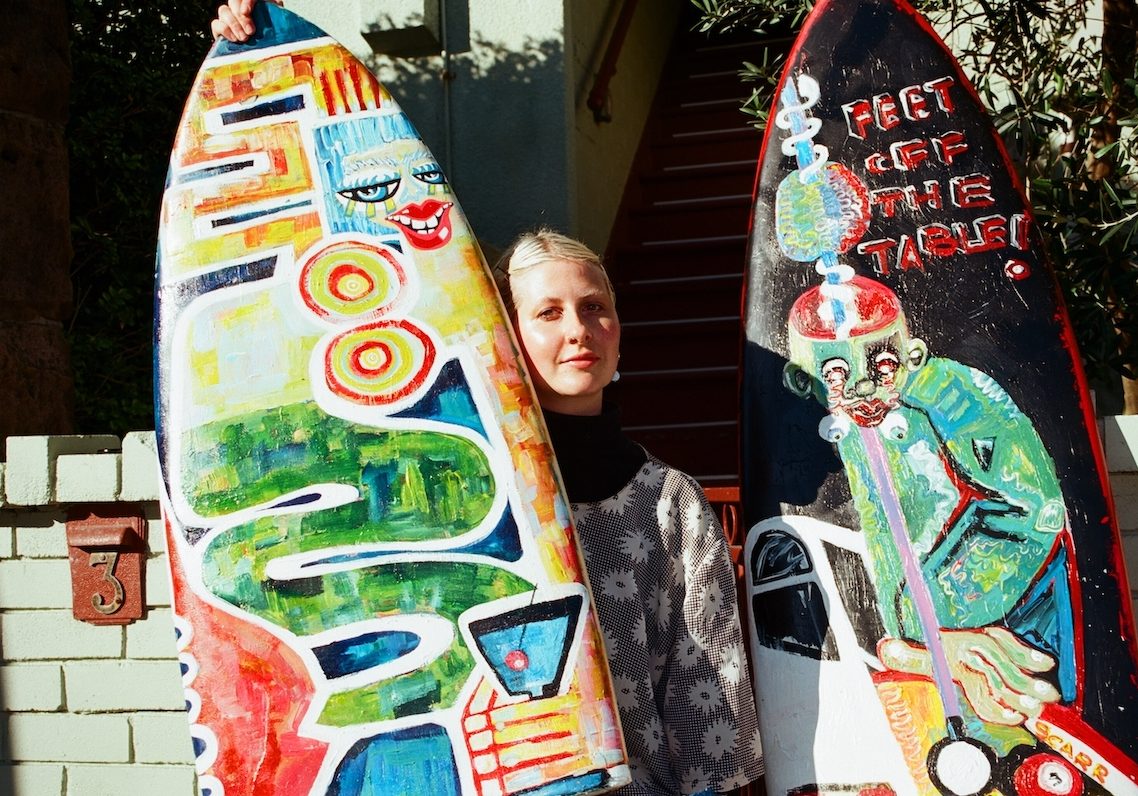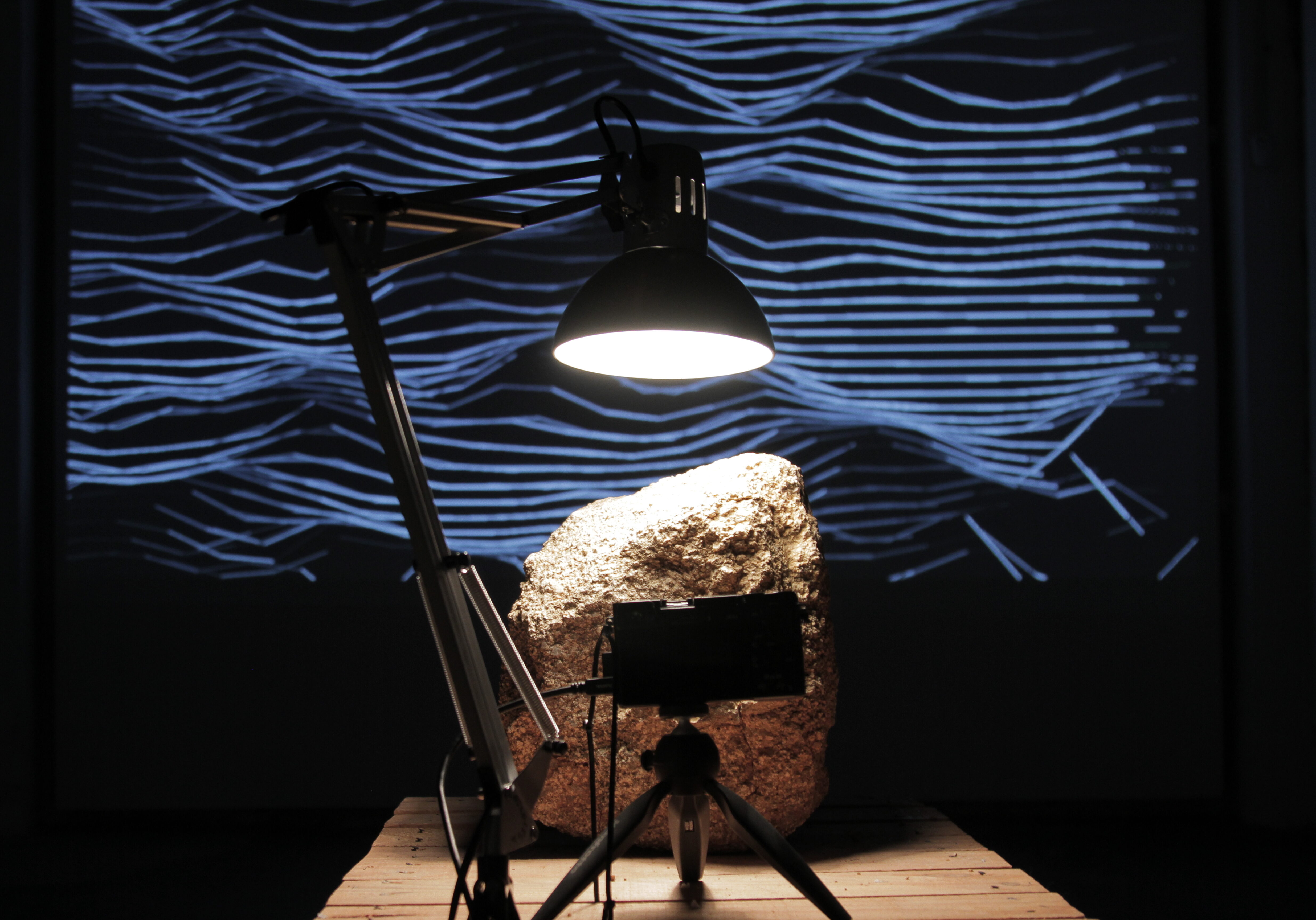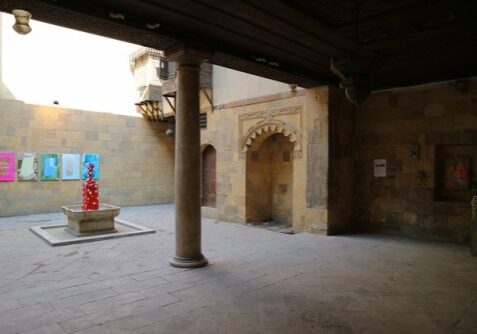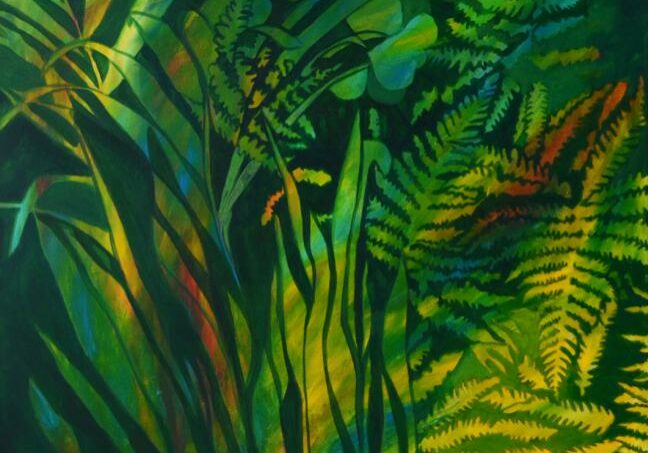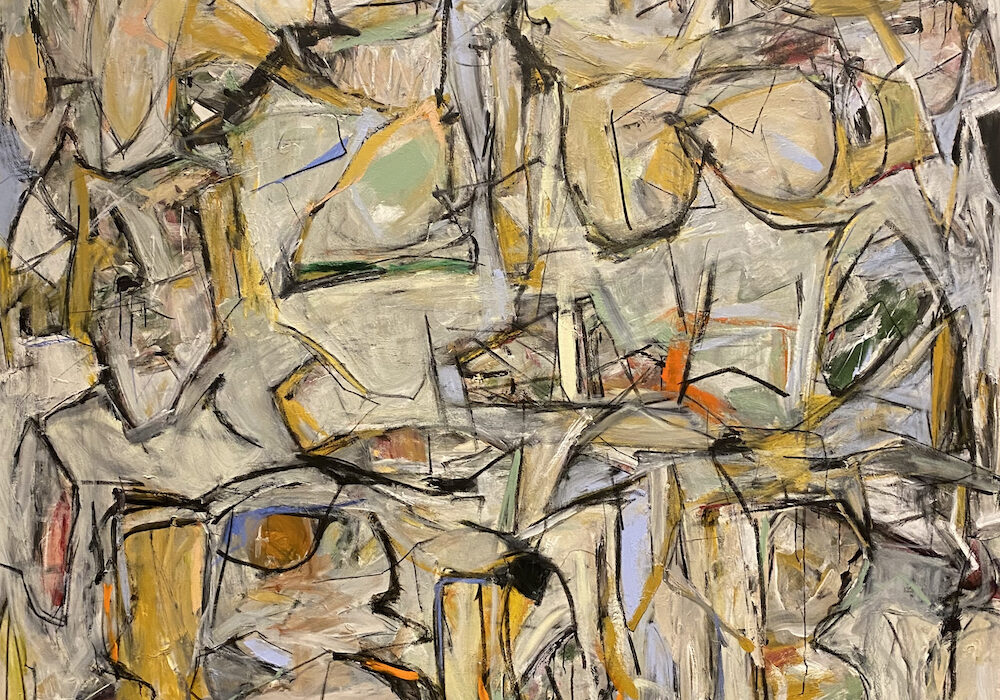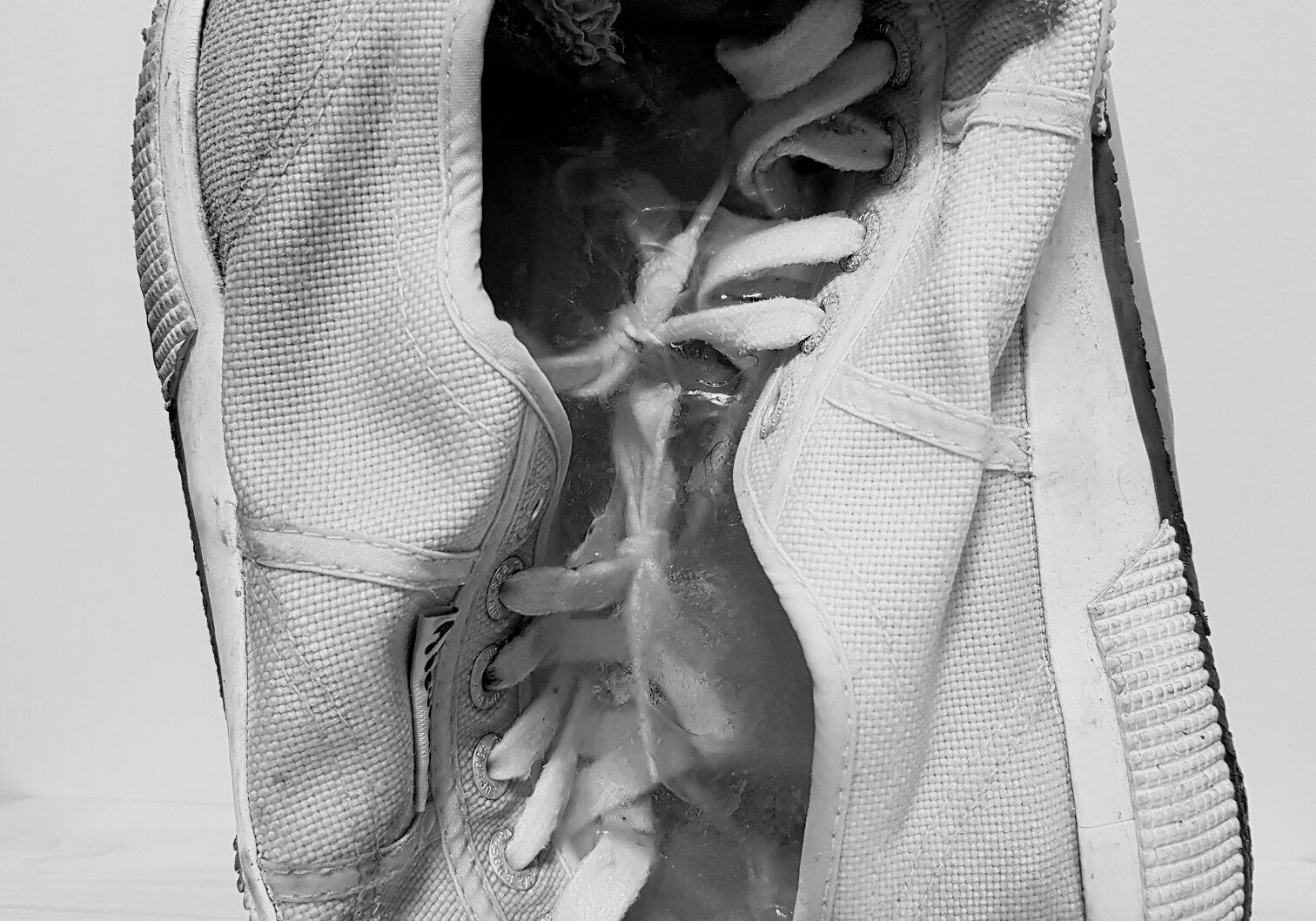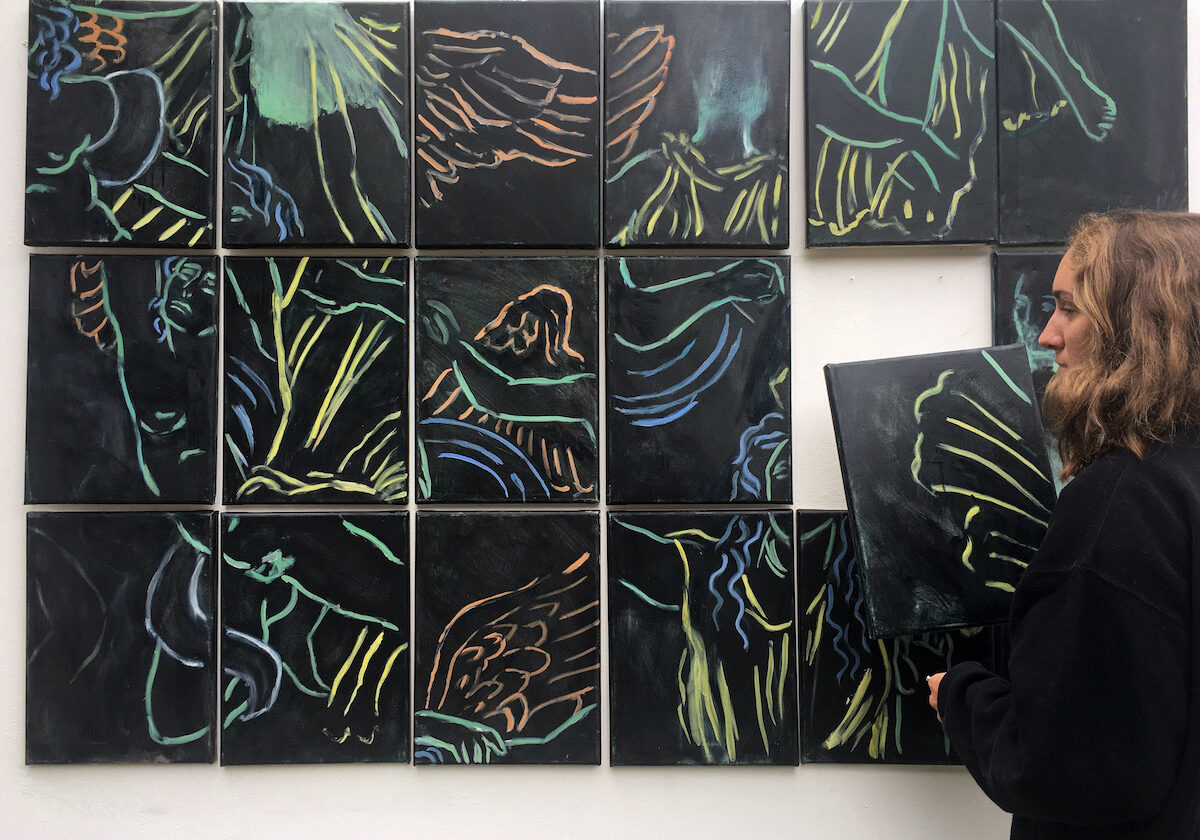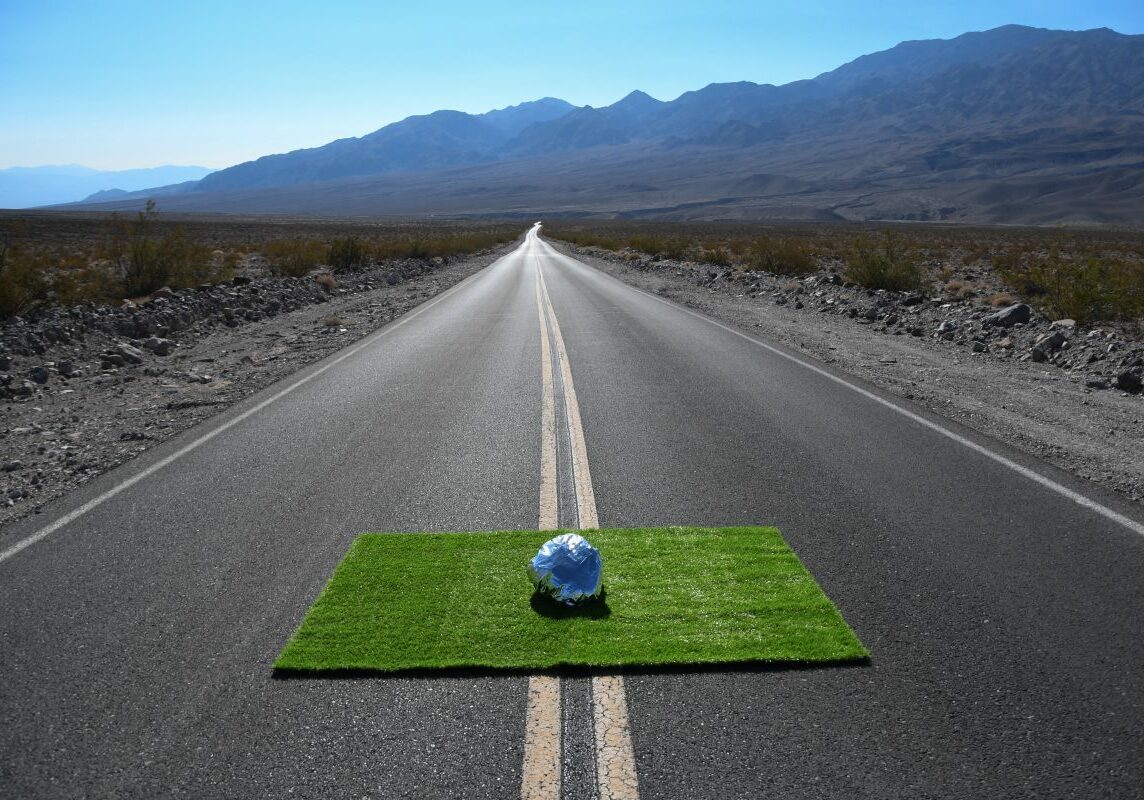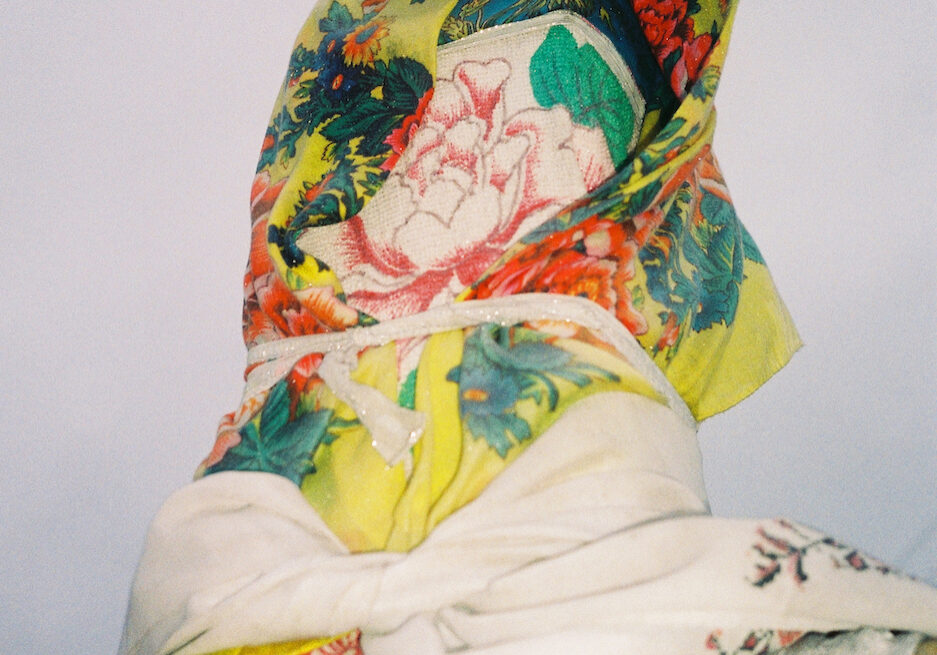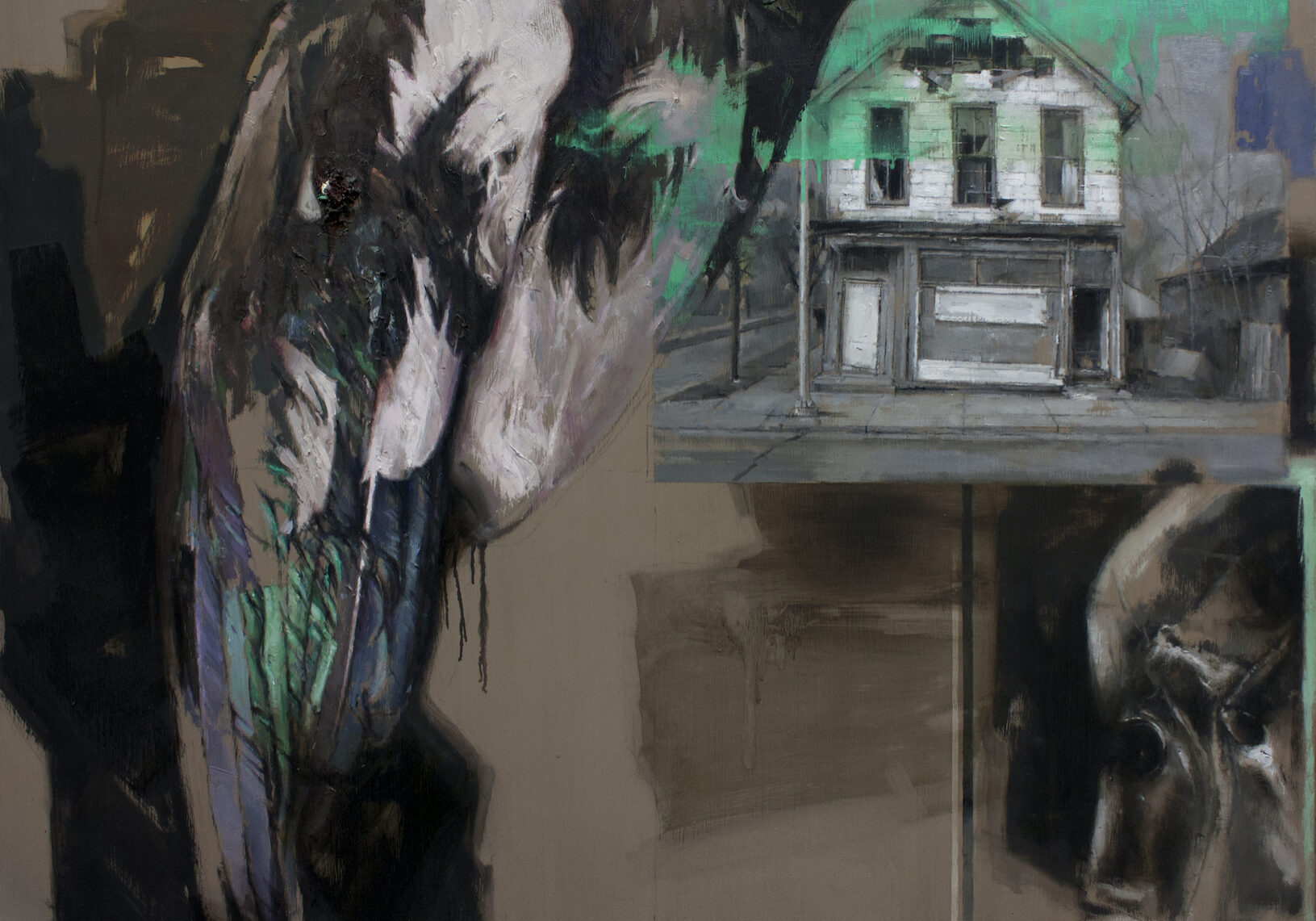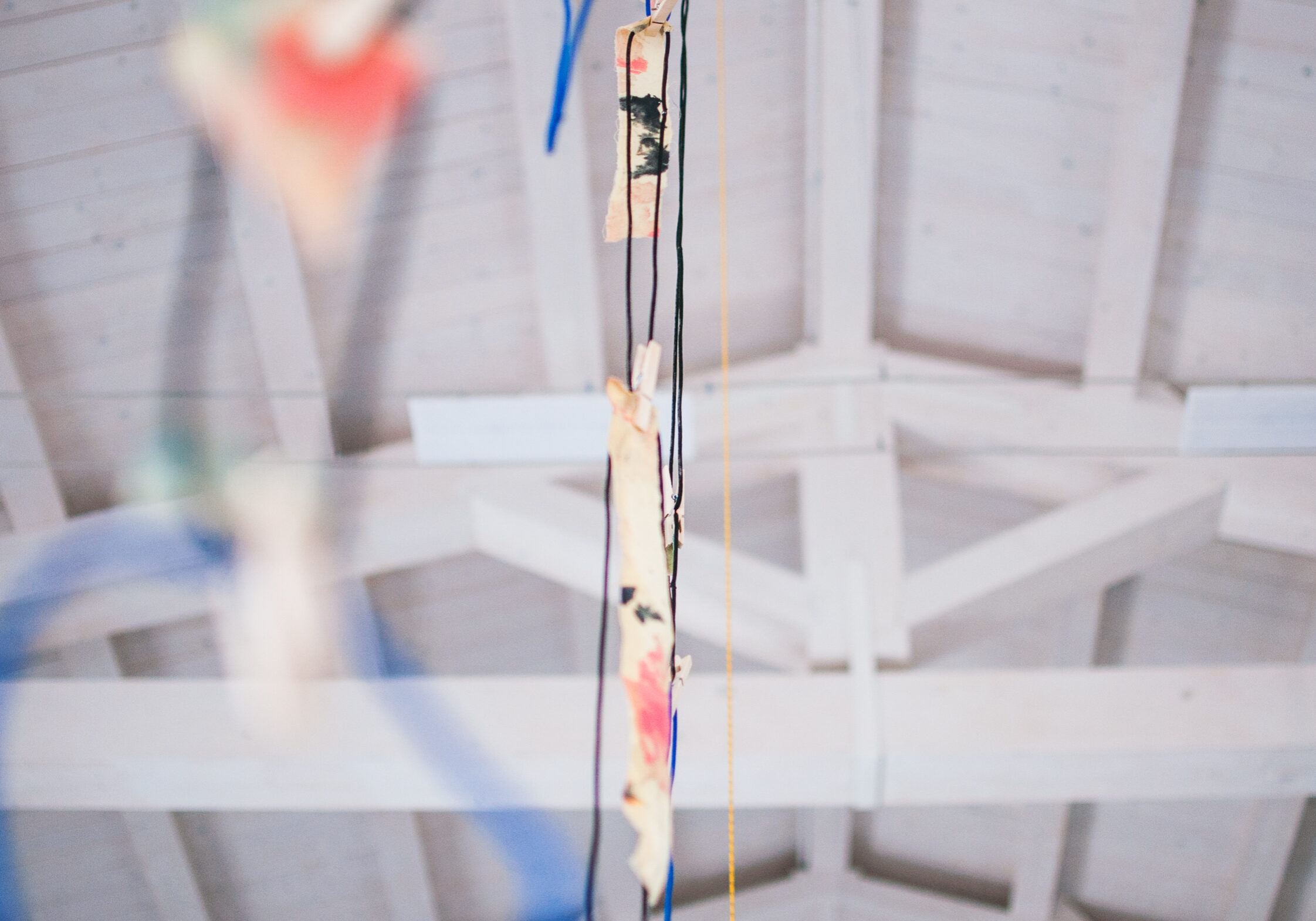Architecture has the ability to indicate the historical, social and cultural characteristics of an urban area. In my practice, I identify these aspects by analysing the thematic, repetitive features of buildings, as well as their structural forms and materiality. The process of walking as research in order to take photographs of buildings and discover new places is the underlying foundation of my work’s creation. I carefully select photographs to communicate my ideas, taking both conceptual and aesthetic concerns into consideration. Collage informs and aids these decisions, as I am able to visualise the possible outcomes of my photographs as three-dimensional abstract forms.
I am intrigued by our human desire to categorise everything in terms of form and function. This instinct is challenged through my work as it sits somewhere between painting, sculpture, object and architecture. Materiality is therefore a fundamental aspect, as the viewer intuitively attempts to define it in terms of medium. I select particular materials in order to re-create a sense of place and portray the key characteristics of the area they are representing. This is illustrated in ‘Hackney, I love you. I lost you.’, which was inspired by a doorway I photographed in Hackney. I printed my photograph of the doorway’s graffiti onto canvas and built this into an architectural structure. Due to the texture of the material, the print appears as a realistic painting of the site, as well as a re-creation. The painterly effect aims to evoke an impression of Hackney’s creative community and culture. Colour is a vital component of my work and is significant within the architecture that I choose to photograph. Certain areas of the city embrace bright colours and welcome street art. In contrast, clear white buildings with blue glass reflect capitalist progress, with an attempt to appear as professional institutions. Colour has the ability to encourage conceptual interpretation and assert visual impact.


